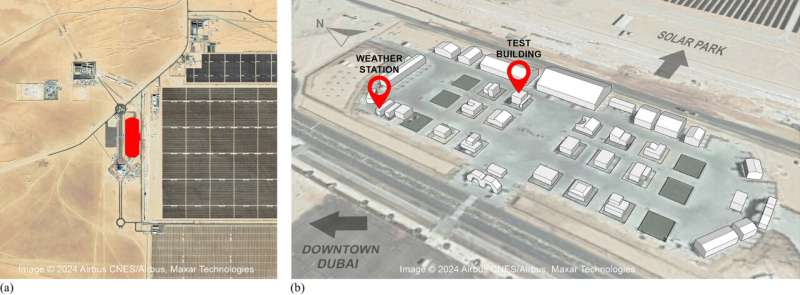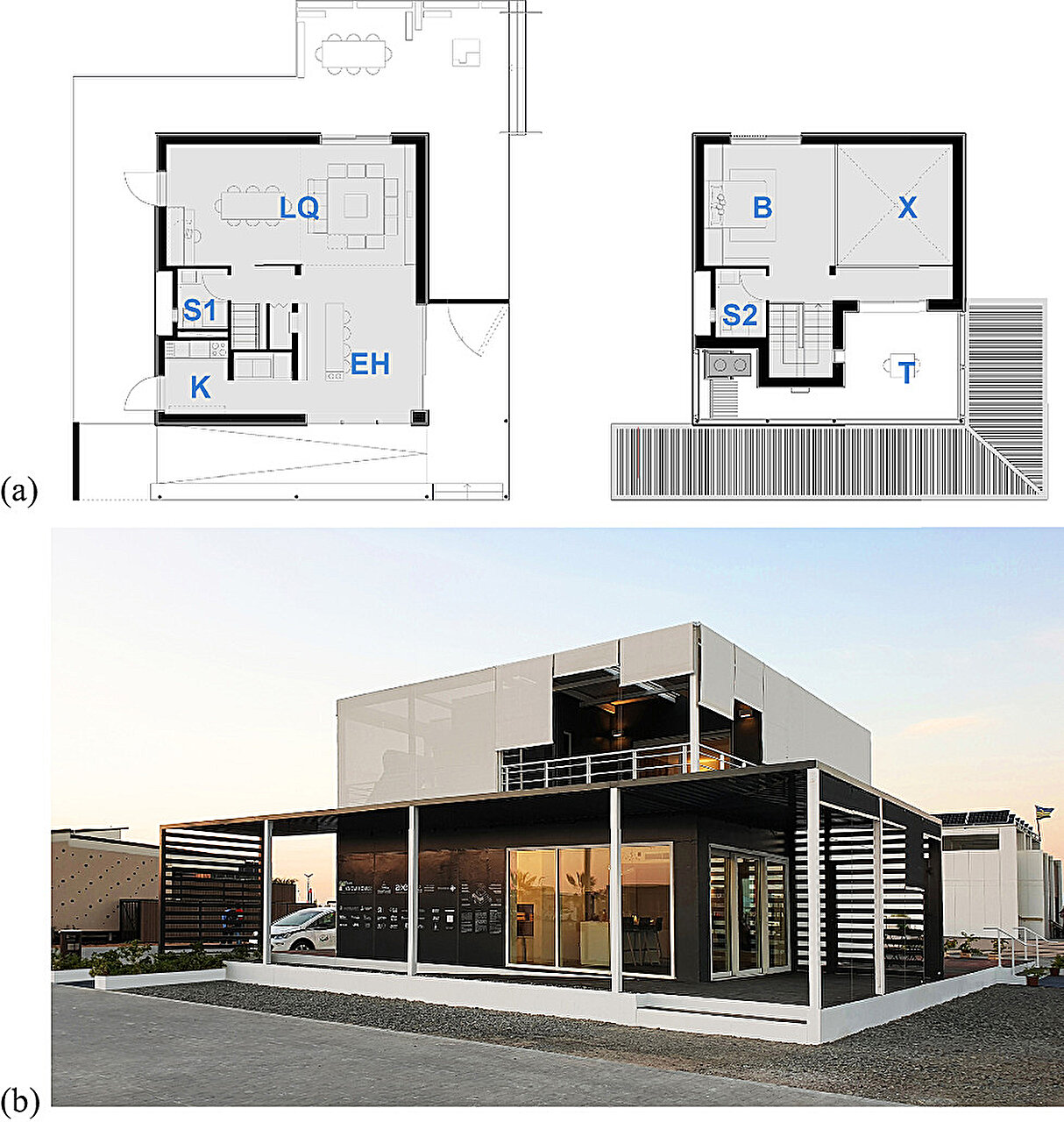
Scientists say they have found a way to cool buildings that will reduce dependence on energy-hungry air conditioners.
They do not claim their design would keep buildings cool with virtually no energy requirements but confirm that once their method is adopted it could lower indoor temperature by 0.7 degrees centigrade.
The study published in the Journal of Architectural Engineering focuses on natural ventilation techniques which the scientists apply to a prototype building in the United Arab Emirates (UAE), a country where life is not bearable without keeping vampire air conditioning appliances running 24 hours per day throughout the year.
"The prototype building was real, and several tests have been run on it," says Vittorino Belpoliti, associate professor of green building design and energy technologies at Sharjah University.
The research compares predicted results, simulated with specific software, and real recordings of the building's performance. It assesses the extent of heat gain control and dissipation in the building to improve indoor temperature and lower energy consumption—a process called passive cooling.
The scientists write, "The study described here analyzed natural ventilation techniques, operated in a real building in the United Arab Emirates (UAE), to assist passive cooling. The assessment has been conducted by comparing digital simulation results and field measurements.
"Computational fluid dynamics (CFD) was used to retrospectively understand and quantify the monitored contribution of natural ventilation toward cooling the building."
Belpoliti, who is also the study's first author, adds, "The findings of the study contribute to assist early-stage design, with special regard to passive cooling via natural ventilation, to achieve more sustainable buildings.
"Natural ventilation strategies such as cross-ventilation, chimney effect, and wind catcher (Barjeel) prove efficient in reducing the building's indoor temperature (by 0.7°C throughout the day). Natural ventilation cannot replace air conditioning, in the UAE, but can contribute to lower its use during mild seasons."
The Barjeel or Barjil is an appellation referring to the once common wind towers that used to cool buildings in the UAE and the entire oil-rich Gulf region before the advent of air-conditioning gadgets.

Barjeel is an ingenious method of catching the breeze that has kept houses cool for centuries. But given the uptick in temperatures and the scorching heat in the UAE, Belpoliti says there is so far no way to cool a building without turning on air conditioning.
Reinforced concrete, steel and large panes of glass are the construction materials of choice in the UAE and other oil-rich Gulf states. As such, the buildings provide no insulation against sweltering heat outside, and according to Belpoliti, they are built without having passive cooling in mind.
However, the scientists note in their research that structures allowing natural ventilation like Barjeel can be added to private residential buildings, but the process needs "cooperation of the occupant, to practically operate (open/close) the house openings."
The study is part of a research and education program called Know-Howse whose target is to boost people's awareness to help construct houses that are friendly to the environment.
The idea, as stated in Know-Howse website, is "to conceive a prototype house as a test-unit extracted from a broader housing development … [that] combines occupants' comfort with environmental goals, such as reducing land-use and resource consumption.
"The educational program is directed to the new generations of society members, and targets particularly nationals, who are responsible for high energy and resources consumption."
The Know-Howse comprises a multidisciplinary team of students and researchers from the University of Sharjah and Italy's University of Ferrara and its research arm Architettura>Energia Research Center the Research.
"The KNOW HOWse was not just an energy efficient project, it was a whole educational program: a house that trained the occupant to behave with more awareness to energy, water, and other finite resources," says Belpoliti.
Total electricity consumption in the UAE is among the highest in the world. It is estimated at 122.39 bn kWh per year, of which nearly 70 percent is guzzled by air conditioning. Any reduction of indoor temperature via passive cooling is certain to have an impact on demand and carbon emissions.
The scientists are aware of the exorbitant demand for power. Passive cooling, they add, can only partially reduce consumption. "In the UAE, natural ventilation cannot replace air conditioning, but it can greatly contribute to limit its use toward the achievement of more sustainable buildings for hot climates," says Belpoliti.
More information: Vittorino Belpoliti et al, Assessment of Natural Ventilation Techniques by Means of Measurements and Retrospective CFD Simulation on a Test Building, Journal of Architectural Engineering (2024). DOI: 10.1061/JAEIED.AEENG-1682
Citation: Scientists design method to lessen reliance on air conditioning (2024, July 9) retrieved 9 July 2024 from https://techxplore.com/news/2024-07-scientists-method-lessen-reliance-air.html
This document is subject to copyright. Apart from any fair dealing for the purpose of private study or research, no part may be reproduced without the written permission. The content is provided for information purposes only.
